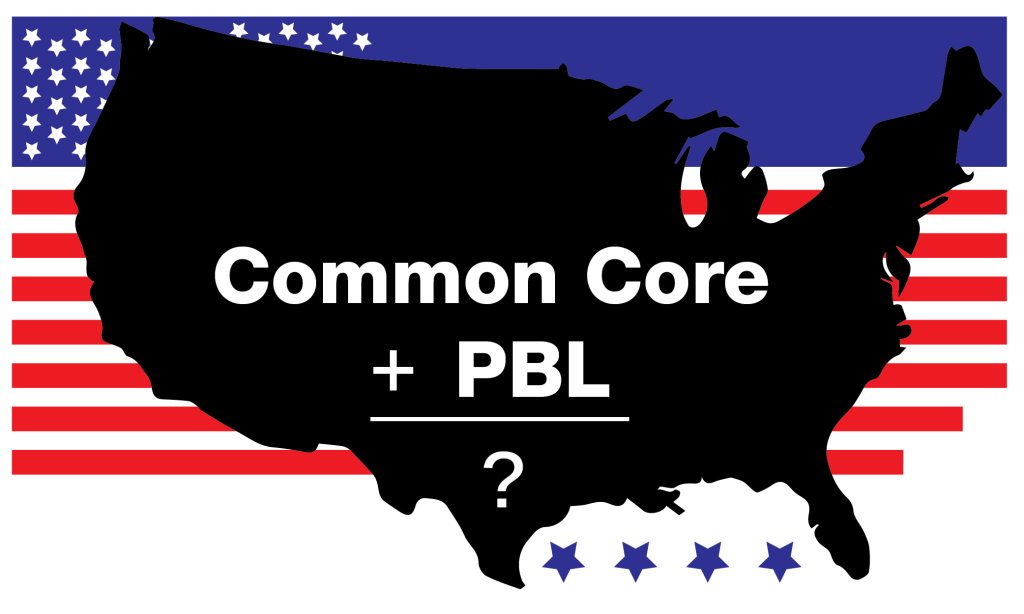
Common Core and PBL (pt. 2)
The question: Must the Common Core State Standards create upheaval amongst math and ELA teachers who want to define it as “one more thing”—another fad that will lead to chaos?
The answer: Not if you are a project-based learning teacher who has discovered the Common Core offers a welcoming haven, not hostile territory.
A case in point is TAF Academy in the Federal Way School District. A 6-12 STEM school that has adopted PBL as its framework for teaching and learning, TAF Academy is embracing the Core as a hospitable foundation for the work they want their students to do.
The Academy began operating in a standards-based environment in 2010 when the entire district moved to standards-based education. This change has not been easy, with both teachers and families struggling to get used to assessment that looks very different than the traditional. However, most agree that working toward the mastery of a smaller set of very specific and clear power standards gives students clearer goals and more information about their progress.
This year, more change awaited math and ELA teachers whose previous standards were replaced by standards from the Common Core. Happily, ELA teachers see them as a gift that makes their jobs easier.

The CC standards were designed to foster the kind of learning that is basic to PBL. As Andy Stuckey, 11th and 12th grade Humanities teacher, puts it: “You can’t do a project without certain standards—like research.” He adds, “Now you don’t have to stretch standards so much to make them fit.” The Common Core “confirms rather than changes the work.” He appreciates the emphasis on informational text because this new focus on understanding non-fiction will play out across the grades to produce much better readers of the research materials PBL students find primary to their work.
Stuckey also notes that the fact that Federal Way had already changed to standards-based grading makes it easier for teachers because it has provided an intermediate step. “Someone who comes straight from the traditional into the Common Core may find it more difficult,” he says.
The Core contains three standards that lay the foundation:
CCSS ELA-Literacy.W.9-10.7 Conduct short as well as more sustained research projects to answer a question (including a self-generated question) or solve a problem; narrow or broaden the inquiry when appropriate; synthesize multiple sources on the subject, demonstrating understanding of the subject under investigation.
CCSS ELA-Literacy.W.9-10.8 Gather relevant information from multiple authoritative print and digital sources, using advanced searches effectively; assess the usefulness of each source in answering the research question; integrate information into the text selectively to maintain the flow of ideas, avoiding plagiarism and following a standard format for citation.
CCSS ELA-Speaking & Listening 9-10.4 Present information, findings, and supporting evidence clearly, concisely, and logically such that listeners can follow the line of reasoning and the organization, development, substance, and style are appropriate to purpose, audience, and task.
Anyone familiar with the mechanics of constructing a project will immediately recognize the instructional imperative behind these standards as uniquely consistent with the process of PBL. The acknowledgement of inquiry as a way of learning, the invitation to students to generate their own inquiry questions, and the requirement of synthesizing multiple sources are all basic to PBL—and not necessarily found in the standards that the CC replaces. The Core Speaking and Listening standards put these skills into a new primacy (see the third item above). The first standard in this category places “collaborative discussions” into the mix which well serves the collaboration goals of group projects.
Other CC standards are part of PBL. Beth Sims, TAF Academy 8th grade Humanities teacher, describes the CC emphasis on critical thinking as “complementary” in such a way that it “articulates the project work” and helps to assess it. Carlito Umali, 7th grade Humanities, appreciates the Core’s acknowledgement of inference as a critical thinking skill.
In summation of his reaction to working with CC standards, Umali says, “People [like me] who are comfortable designing their own curriculum thrive in Common Core.”
The introduction to the CCSS document (page 7) contains a description of the qualities of students who are college and career ready—the kinds of students the CC sees as its product:
-
They demonstrate independence.
-
They build strong content knowledge.
-
They respond to the varying demands of audience, task, purpose, and discipline.
-
They comprehend as well as critique.
-
They value evidence.
-
They use technology and digital media strategically and capably.
-
They come to understand other perspectives and cultures.
The practitioners of PBL would surely claim these qualities as their desired outcomes as well.





